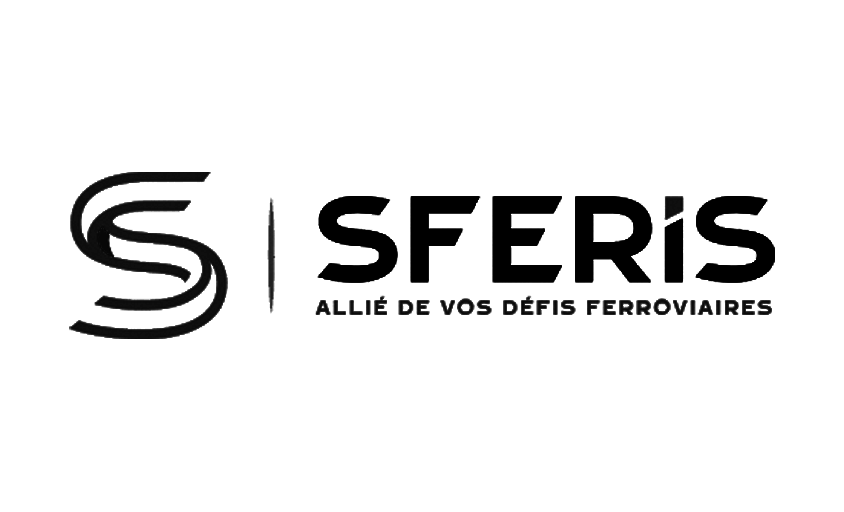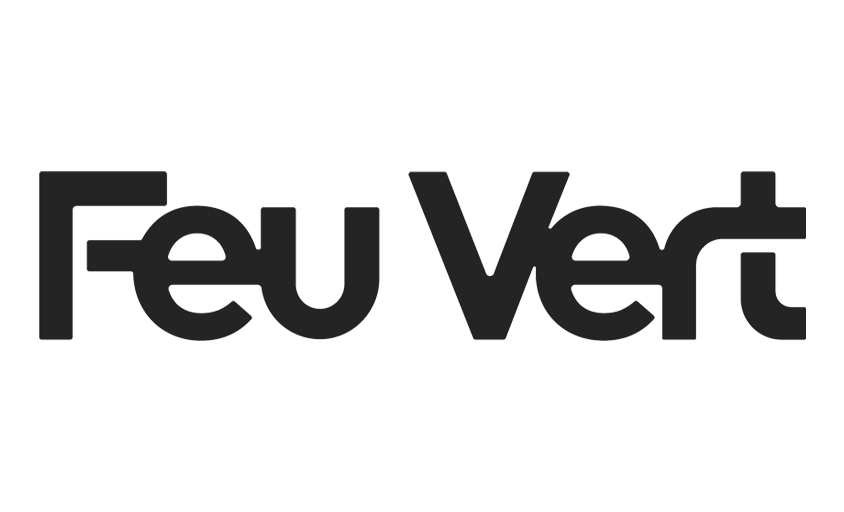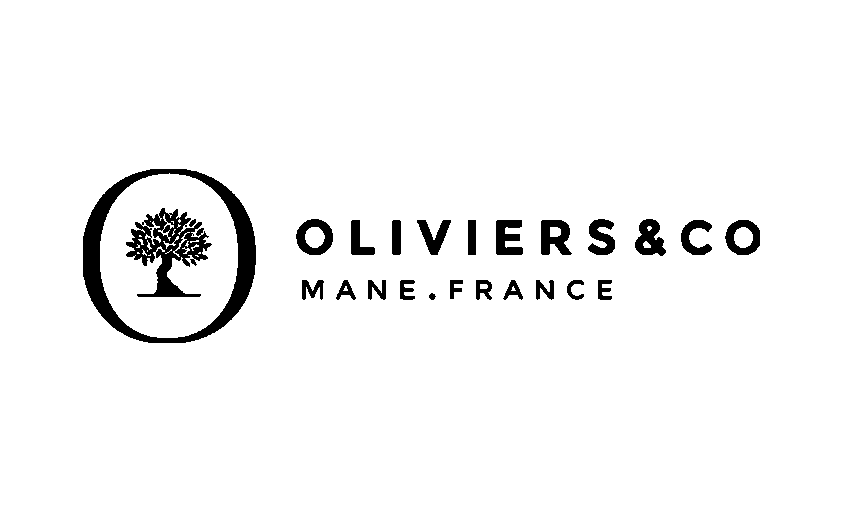Prime Lenses
In this article :
Prime lenses, defined by their fixed focal length, are prized for their simplicity, superior image quality, and brightness. Unlike zoom lenses, which allow for varying focal lengths, prime lenses offer a consistent perspective, encouraging photographers to move physically to compose their shots. This type of lens is a powerful tool that fosters creativity and attention to detail, making each shot more intentional.
Advantages of Prime Lenses
Prime lenses shine thanks to their wider apertures, making them ideal for low-light conditions and for achieving a pleasing bokeh, where the subject stands out clearly against a softly blurred, artistic background. Their simplified optical design reduces aberrations and enhances sharpness, delivering images with exceptional clarity.
Choosing Your Prime Lens
Selecting a prime lens depends on your photography style. Common focal lengths include:
- 24mm and 35mm: Perfect for street and landscape photography, offering a wide field of view without excessive distortion.
- 50mm: Known as the “standard lens,” it provides a perspective close to that of the human eye, ideal for portraits and everyday photography.
- 85mm and 135mm: Portrait favorites, these lenses allow for a comfortable distance from the subject while beautifully isolating it from the background.
Creativity Through Constraints
Working with a fixed focal length inspires creativity. The physical limitations of a prime lens force photographers to explore their surroundings, play with composition, and experiment with different perspectives to achieve the perfect shot. This approach can enrich the photographic experience by deepening the understanding of space and light.
Conclusion
Prime lenses are more than just a technical choice; they represent a photographic philosophy that values quality, simplicity, and creative commitment. By choosing to work with prime lenses, photographers embrace a process that emphasizes composition, light, and connection with the subject, producing images that captivate and tell stories. Whether you’re a seasoned professional or an enthusiastic amateur, exploring the potential of a prime lens can transform the way you see and capture the world.
Jérémy Carlo is the editorial director at Rétines, where he ensures the consistency and clarity of all content produced by the studio.
Our Clients
Let’s discuss
What we do for you at Rétines
Meticulous work, an organised project and fast delivery. And to achieve this, we mobilise the right resources in our teams at the right time.
01
Pre-production
Artistic and technical direction tailored to the project.
Relevant recommendations on content, form and resources.
02
Photo Shooting
Photos taken by our experienced photographers.
Production that’s controlled, efficient and tailored to the needs of the project, with nothing superfluous.
03
Retouching
Technique
Photographs magnified by our retouching team.
Post-production to meet the commercial challenges of the brief.












